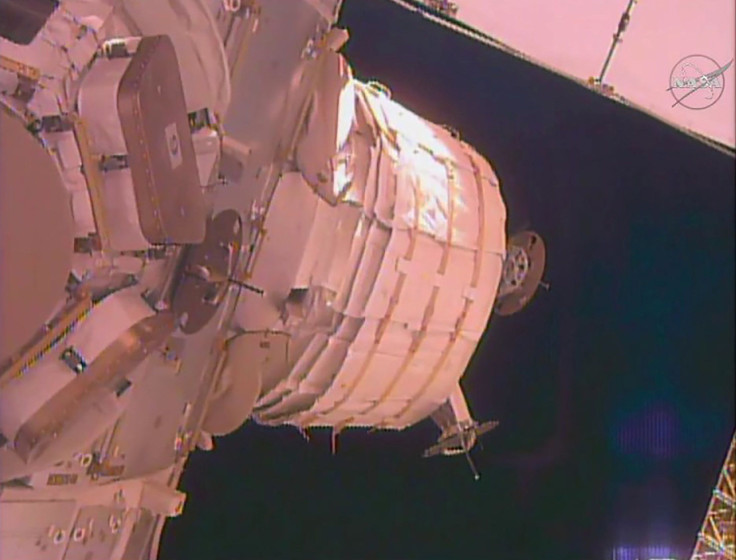NASA Will Try Again To Inflate Space Station Test Module

Astronauts aboard the International Space Station will try again Saturday to inflate a novel experimental habitat after the fabric module failed to unfurl as planned earlier this week, NASA officials said Friday.
The problem may have resulted from the structure's materials becoming stiff. The Bigelow Expandable Activity Module, or BEAM, was unpacked 10 months later than expected due to launch delays, manufacturer Bigelow Aerospace told reporters on a conference call.
The worst effect probably was on the outer layers, said Lisa Kauke, BEAM deputy program manager at Bigelow. The prototype habitat, which could provide living quarters one day for crews going to Mars, is made of impact-resistant, Kevlar-like materials and flexible layers of fabric and foam.
"The longer they’re packed, the more they are compressed and it takes a little while for those shapes to return," Kauke said.
NASA astronaut Jeff Williams on Thursday tried to inflate the module with spurts of the space station's air, but it failed to expand as planned.
Left alone overnight, the barrel-shaped module grew slightly in both length and diameter, giving the U.S. National Aeronautics and Space Administration and Bigelow Aerospace confidence that the problem can be resolved.
Astronauts will make another attempt to inflate BEAM on Saturday morning, station operations manager Kenny Todd said during the call.
The lightweight habitats could save millions of dollars in launch costs compared with metal modules. They may also offer better radiation protection for astronauts.
The module is designed to expand to the size of a small bedroom, a 10-fold increase in volume. NASA plans to keep it attached to the International Space Station, a $100 billion research laboratory that flies about 250 miles above Earth, for a two-year trial run.
© Copyright Thomson Reuters 2024. All rights reserved.











